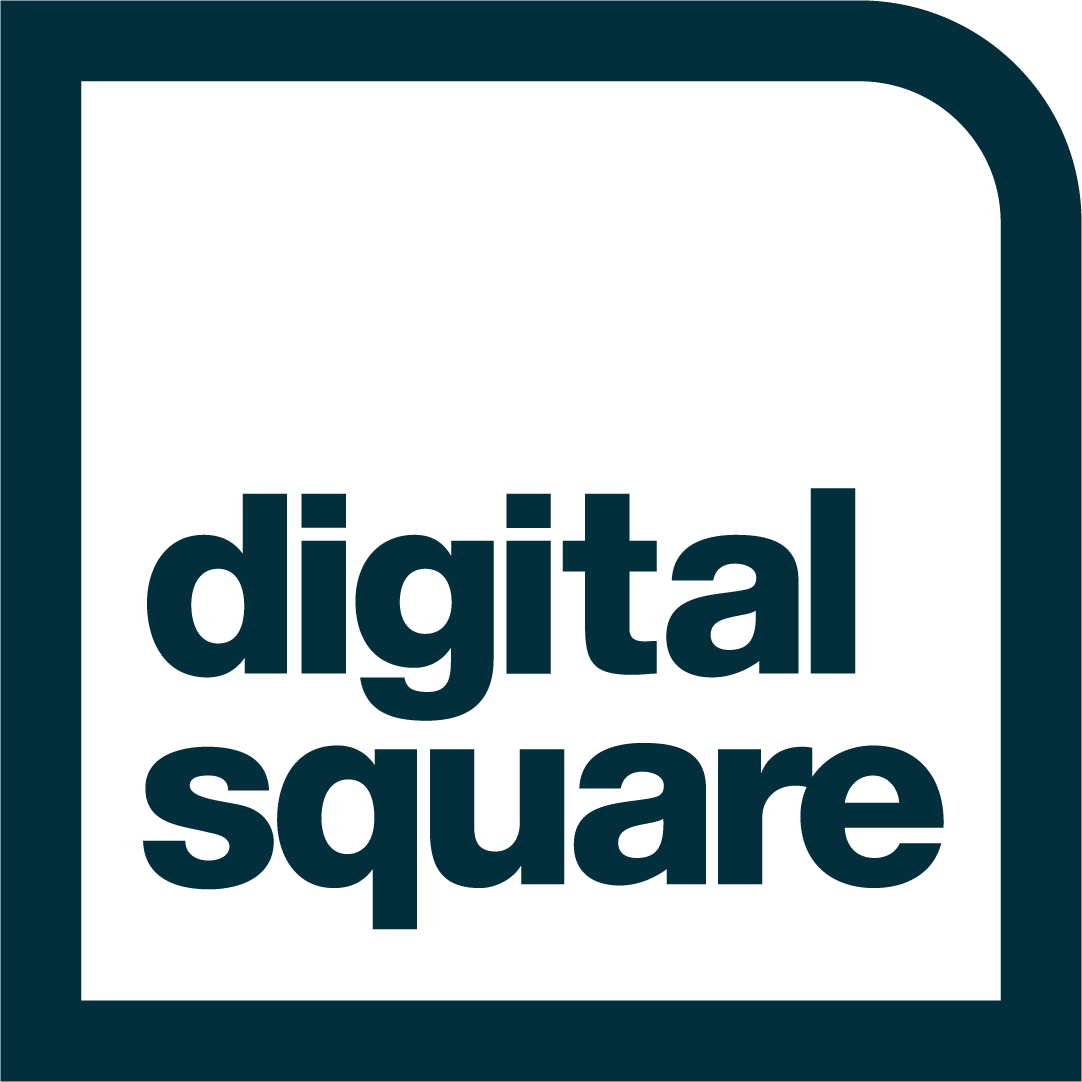The goal of the Support for Health Insurance Schemes in the Formal Sector is to expand the scope of the insurance members covered from informal sector into the formal sector; which includes employers, Sacco and other organized groupings. The process is best combined with the Payment workflow to ensure linkages to an accounting system and mobile payment gateways.
In that respect, the two processes combined drive a better user experience for the informal and formal sector signups and payment for the insurance services, reducing paperwork filled by the members and agents and hamering the Turn Around Timelines (TAT) for the issuance of the policy details to the member (to be made electronic and near real-time).
The goal of the Support for Health Insurance Schemes in the Formal Sector is to expand the scope of the insurance members covered from informal sector into the formal sector; which includes employers, Sacco and other organized groupings. The process is best combined with the Payment workflow to ensure linkages to an accounting system and mobile payment gateways.
In that respect, the two processes combined drive a better user experience for the informal and formal sector signups and payment for the insurance services, reducing paperwork filled by the members and agents. Better Turn Around Timelines (TAT) for the issuance of the policy details to the member (to be made electronic and near real-time) is critical to the process.
The current Beneficiary Enrolment module is monolithic and unable to scale and the migration to a new platform makes it agile. With the above changes the process of registration can also be shortened to a same day processing TAT. The formal sector will also have greater control on their membership’s enrolment and deletions.
The Beneficiary Enrollment module & redesign and migration is critical to the project, as it entails an easier process of onboarding formal sector members, dependents, the scheme benefits and exclusions, the limits and Network of providers that the members can attend.
The process of informal sector member/ Beneficiary enrolment is full of paperwork and needs to be made easier for the agents and also the members joining the scheme.
Healthix Solutions registered in Kenya is the lead in this development and deployment of digital health insurance solutions. Healthix is a technology company specializing in Healthcare (Providers) and Insurance (Payers) industry; connecting Insurance/ Payers and Providers with a focus to improve patient care. We are enabling a vibrant Healthcare Ecosystem through a Shared Exchange platform (Enterprise Bus) that we have developed (seamless integrated services between all Healthcare players).
We provide value in Claims submission, Referral management, Preauthorization requests & responses, member eligibility verification and tracking, Claims adjudication and payment management amongst other services. The shared gateway makes it possible for the different players to exchange data real-time.
Our team is versatile and well blended to provide expertise in medical health, insurance segment and analytics. Our experience spans more than 20 years in senior Level management and technology deployment with specialty is in the development and operationalization of technology platform. We have project management, Product Architects, Account Managers, Terminology specialists, Software Developers and Payer expertise.


Comments
Integration of external components
In your final proposal you might want to specify a bit more precisely which tools out side of the openIMIS package will be needed and how they should be integrated that the entire solution can be distributed as open source. Also clearly state the contribution to the code base of openIMIS.